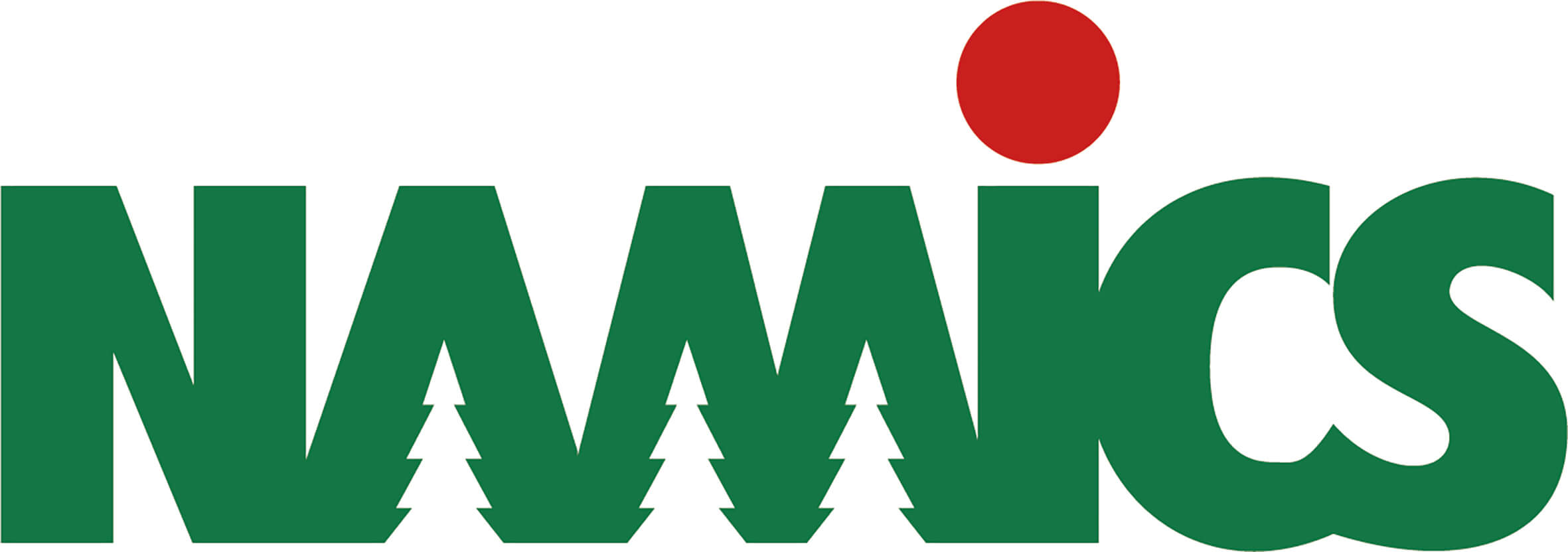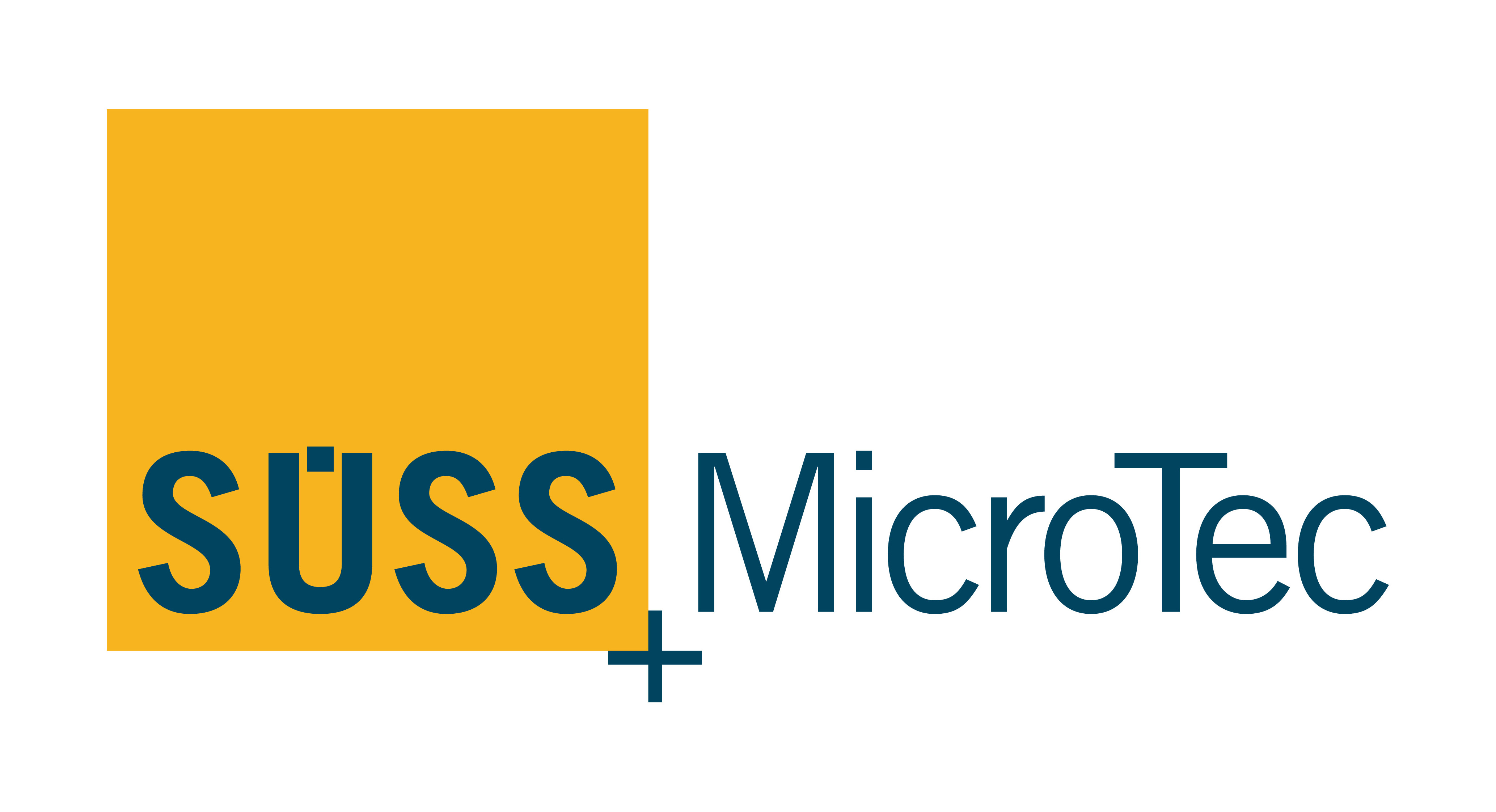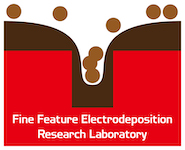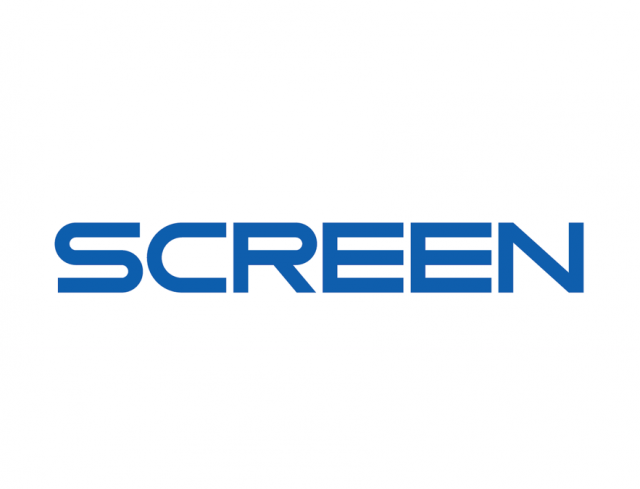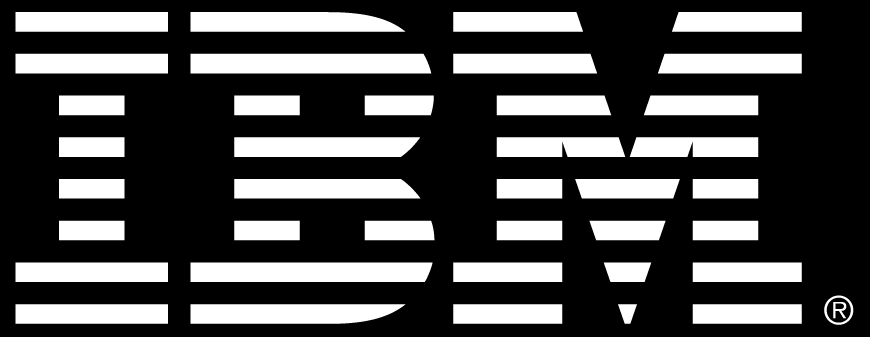
Keynote Lectures
 The role of packaging and system integration in future compute platforms
The role of packaging and system integration in future compute platformsMichel, Bruno
IBM Research - Zurich
Abstract:
Liquid cooling enables computers as dense as a human brain. A universal concept is presented showing that volumetric density drives efficiency in information processing and can replace the currently slowing Moore�fs law. By adopting some of the characteristics of the human brain, computers have the potential to become far more compact, efficient, and powerful so that we can take full advantage of cognitive computing and artificial intelligence. Bell�fs Law shows that the progress in the information and telecommunication (ITC) industry is achieved in 12-15 year phases. Each new phase addresses a 10 times larger market, based on systems that are 100x denser, more efficient, and cheaper. A dense and efficient micro-server has been demonstrated as a first milestone along this roadmap. In addition more functionality is integrated with computing, most recently, in IoT and wearable devices, also sensing. This human centric sensing and computing provides contextual information that is key for relevant personalized cognitive services. Currently mobile are computationally strong enough to drive artificial intelligence at the edge instead of moving data to the cloud thus driving growth for cognitive cloud applications. The Internet of the Body (IoB) platform implements these concepts and can be adapted to many immediately useful use cases and test vehicles. The IoB platform connects wearables with edge and cloud computing to provide optimal user interaction and analytics on multi-stream data. This technology was applied to physiological and psychological stress classification using heart rate variability data in firemen training sites in Switzerland. We also introduced a home-based COPD management system to objectively track disease progress and coach actual patients into a better behavior. A hearable was developed for heat-stroke early detection and prevention based on monitoring of core body temperature and sweating which is planned to be tested with a Japanese national hospital.
 Technology trend of flash memory and new memory
Technology trend of flash memory and new memorySusumu Yoshikawa
Toshiba Memory Corporation
Abstract:
As flash memory increased its capacity it became one of important components in a Digital world and has been widely used in a lot of digital tools, such as Digital still camera, MP3 player, smart phone, SSD. In a recent years, Big data era is coming. New technologies such as IoT, AI and automated driving etc. have emerged and are becoming popular, these new technologies create, need and utilize huge amount of data. For example, IoT connects huge number of machine and collect data from these connected machine. AI analyze these data, and in order to improve accuracy, huge sample data are needed. To handle these huge data effectively, data storage system should have huge volume and high performance, and request to flash memory more capacity, high performance and low power. In this key note, recent key technologies such as 3D structure, QLC etc. and challenges for flash memory are discussed. And also topics of emerging memory are also introduced.
 GPU: the Key Processor for AI and Supercomputing
GPU: the Key Processor for AI and SupercomputingToru Baji
NVIDIA
Abstract:
In the old good days, CPU performance increased almost 1.5 times / year thanks to the Moor�fs Law. However around year 2010, due to the leakage current and too complex CPU architecture, this rate becomes 1.1 times / year. Today where Moor�fs Law is at its end, the performance increase is almost 3% / year. On the other hand, parallel processing dedicated GPU continues to grow its performance with the rate of 1.5 times / year, and even with the Moor�fs Law ending, it still continue to grow its performance by built-in accelerators. Pascal GPU came with Tensor Core which accelerates the AI matrix multiplication 12 times. And the latest Turing GPU further added a RT Core accelerator that increase the highest quality 3D computer graphics (ray tracing) more than 10 times.
GPU delivers around one to two order of magnitude performance advantage over the CPU and now is the most widely used processor in AI and Supercomputing. This GPU architecture is also applied to the most advanced autonomous driving SoC Xavier. An autonomous driving platform Pegasus with two Xavier SoCs and two discrete Turing GPUs are capable to realize the ultimate driver-less lever 5 autonomous driving.
In this talk, GPU basic technology which realize this high performance will be introduced. Also the implementation technologies including Si interposer packaging CoWoS, HBM2 3D-memory utilization and the breakthrough technology to overcome the die size limitation will be introduced.
 Heterogeneous Integration on Fanout Packages
Heterogeneous Integration on Fanout PackagesShin-Puu Jeng
Taiwan Semiconductor Manufacturing Company,Ltd.
Abstract:
Significant technical advancement and business progress have been recently achieved in the area of advanced fanout package technology.
These packages exhibit excellent performance, power and form factor, which meets the ever increasing bandwidth demand, and unveils various important applications in intelligent mobile and HPC computation. Fine pitch Cu vias and traces enable heterogeneous integration of logic and memory, and allow fine power mesh, which reduces PDN impedance, improves power delivery, and reduces noise. The thin RDL structure increases thermal transfer efficiency. New multi-die chiplet fanout packages are possible alternatives to traditional chip scaling.
Multilayer 3D fanout stacking package exhibits both vertical and lateral integration flexibility. The heterogeneous integration with high bandwidth memory using fine pitch 2/2 um RDL lines further brings the fanout technology to a new height.
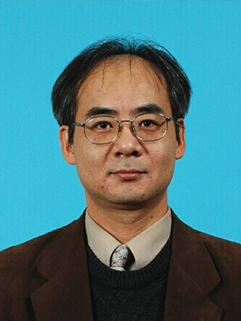 Technical issues on micro display with GaN-based micro LEDs
Technical issues on micro display with GaN-based micro LEDsT. Honda, R. Nawa, S. Takeda, T. Yamaguchi, and T. Onuma
Kogakuin University / Japan
Abstract:
GaN-based light-emitting diodes (LEDs) have attracting much attention for the application to ��-displays because of their high emission intensity. Although the integration of flip-chip LEDs for the pixels in the micro display has been reported [1], the monolithic integration is also interesting for their cost-effective fabrication [2]. In this paper, technical issues concerning with the LED pixel formation will be discussed.
First, we have to consider the color formation in the pixels. The red, green and blue (RGB) light-emitters are required to form the color pixels in the displays. For their cast-effective fabrication, monolithically integration of UV LEDs with RGB phosphors is a candidate. The green and red phosphors combination with blue LEDs are also possible. Here, the improvement of quantum efficiencies in the LEDs is a crucial issue for the mobile equipment. Those system will be adopted based on an energy efficiency in the system.
Second, technical issues about a quantum efficiency in the micro LEDs. Although the efficiency droop is discussed in �ghigh power�h LEDs, the internal quantum efficiency in the operation conditions including sub mW injections is a key for the application to ��-displays. Now we consider the internal quantum efficiency (IQE) with their low power operation. The emission efficiency roughly based on the ABC model was reported [3]. In this case, C-factor related Auger recombination and others is negligible. Although classical B-factor was treated as a constant, carrier separations in the emission layer by Piezo effect and others make it a function of carrier density, n. A-factor, which relates the nonradiative recombination, is also an important for the efficiency.
On the other hand, the improvement of light-extraction efficiency is required for the integration. Generally, the emission light form the LEDs are gathered using reflectors, which are contributed for the improvement of external quantum efficiency. In case of the integration, we have to mention about �gcross talk.�h The cross talk is occurred by the light propagation in the emission layer, whose structure act as a waveguide. Furthermore, the light is propagated in the waveguide reduce the light extraction efficiency. These mean that the new device design should be considered for the monolithic integration.
[1] J.J. D. McKendry, B. R. Rae, Z. Gong, K. R. Muir, B. Guilhabert, D. Massoubre, E. Gu, D. Renshaw, M. D. Dawson and J.R. Arthur, IEEE Photon. Technol. Lett. 21, 811 (2009).
[2] T. Honda, T. Kobayashi, S. Komiyama, Y. Mashiyama, M. Arai and K. Yoshioka, Phys. Stat. Sol. (C) 5, 2225 (2008).
[3] J. Piprek, Phys. Stat. Sol. (A) 207, 2217 (2010).
 Printing in the Third Dimension;
Printing in the Third Dimension;Design, Materials, Equipment & Applications in Electronics
Charles E. Bauer, Ph.D.
Senior Managing Director
TechLead Corporation
Abstract:
Excitement around 3D printing continues full speed ahead whether in electronics, consumer goods or industrial systems. Understanding the capabilities, limitations and most importantly the complexities of 3d printing remains challenging despite significant progress in both equipment and materials. While not a comprehensive tutorial on 3D printing, this presentation introduces the application of 3D printing in electronics prototyping and manufacturing including;
- Types of 3d printing
- Design tools for 3d printed products
- Materials selection (availability and alternatives)
- Equipment choices
- Process capabilities and constraints
.png)

